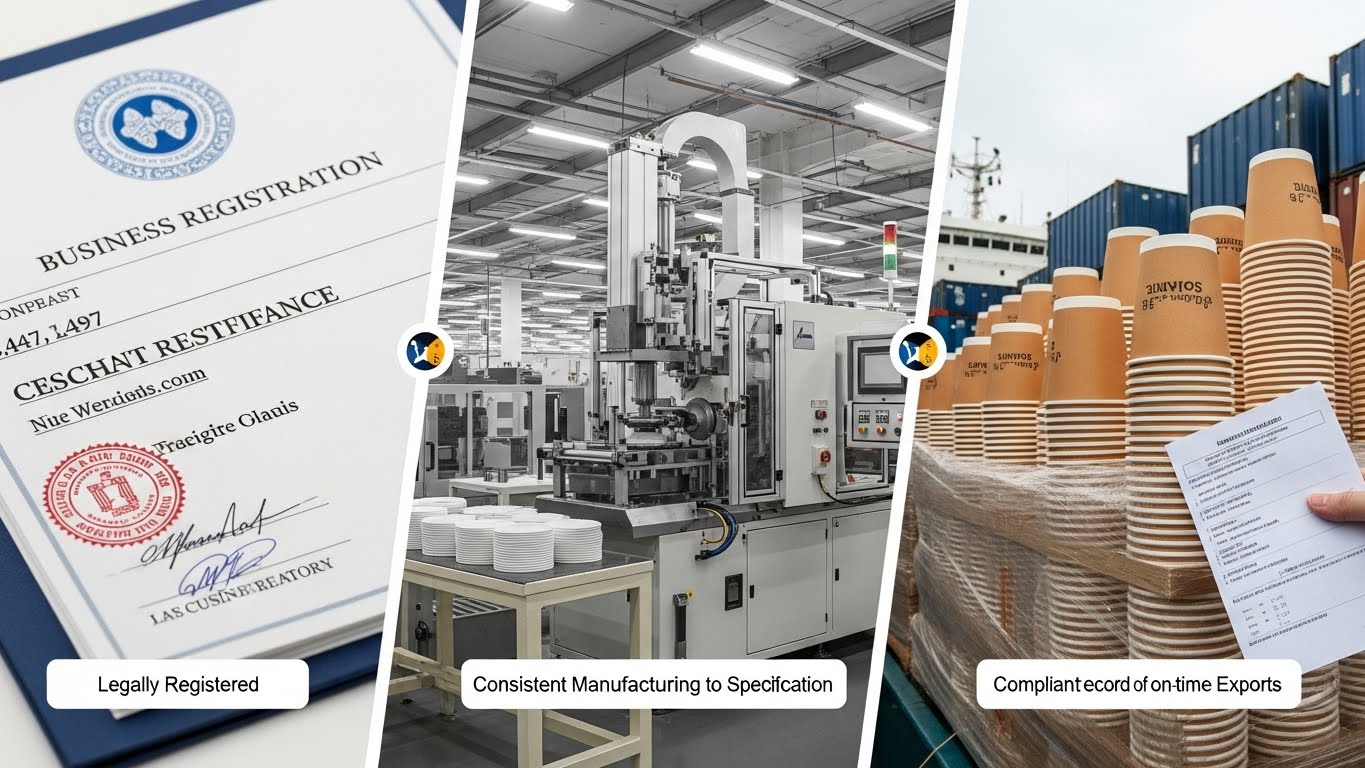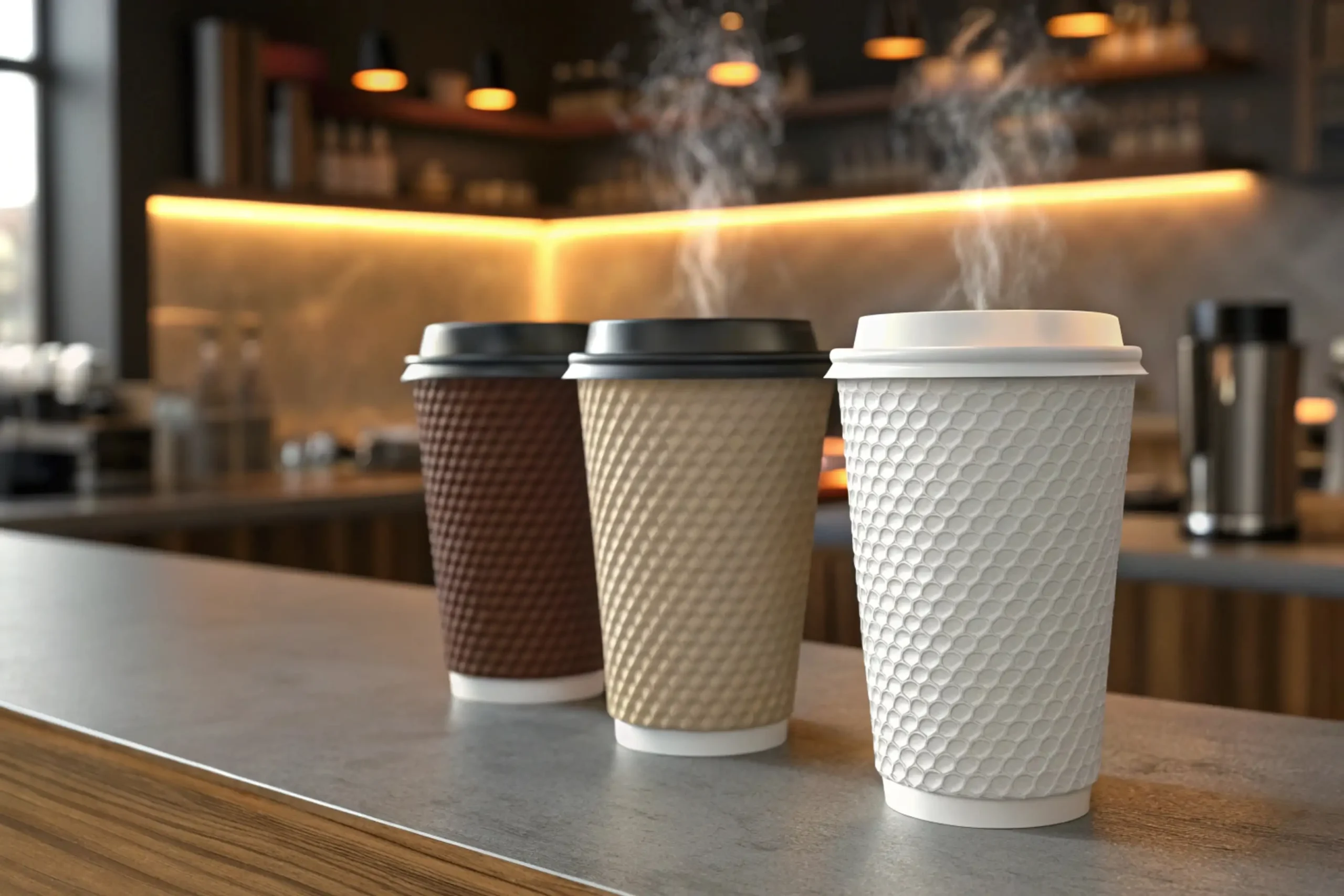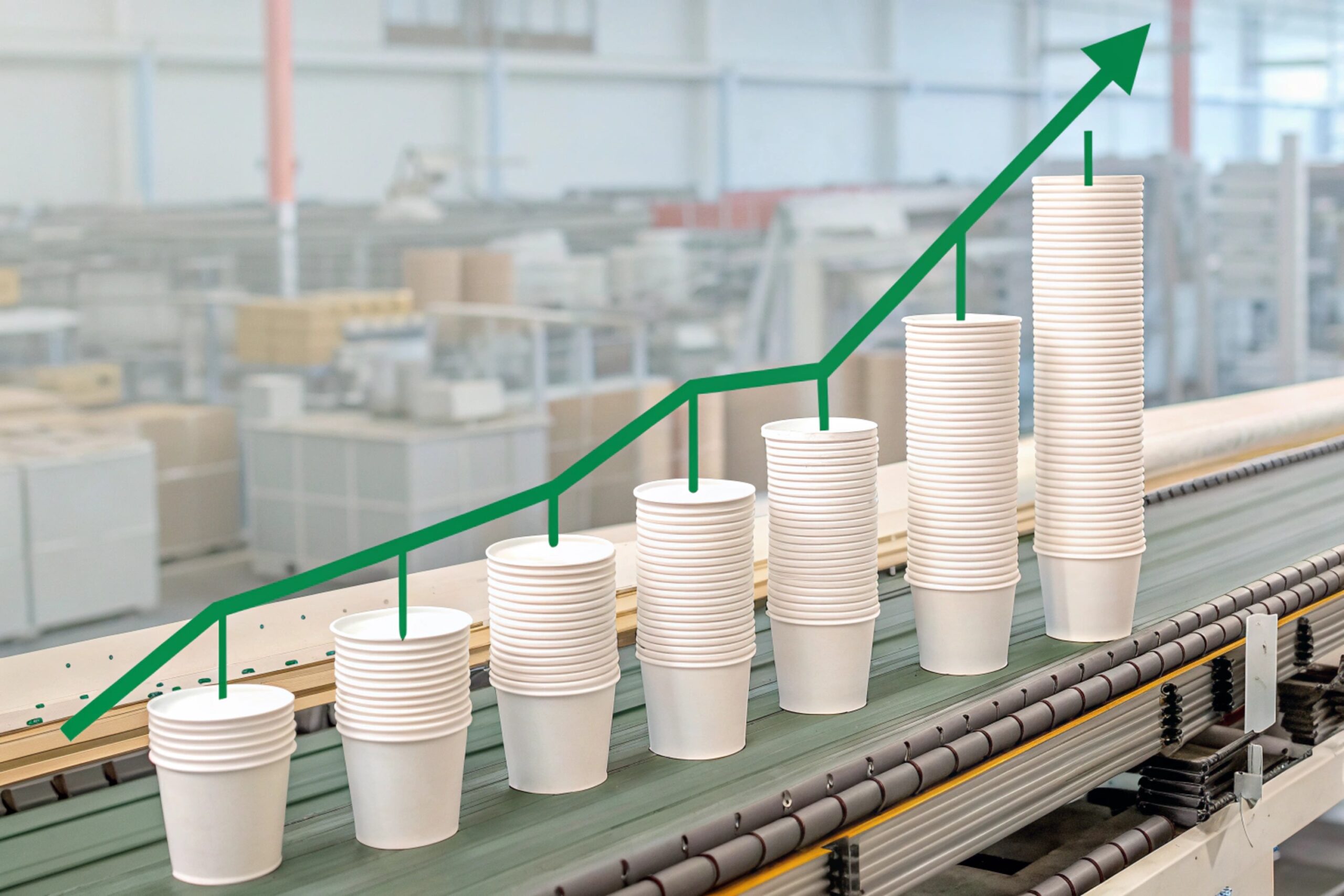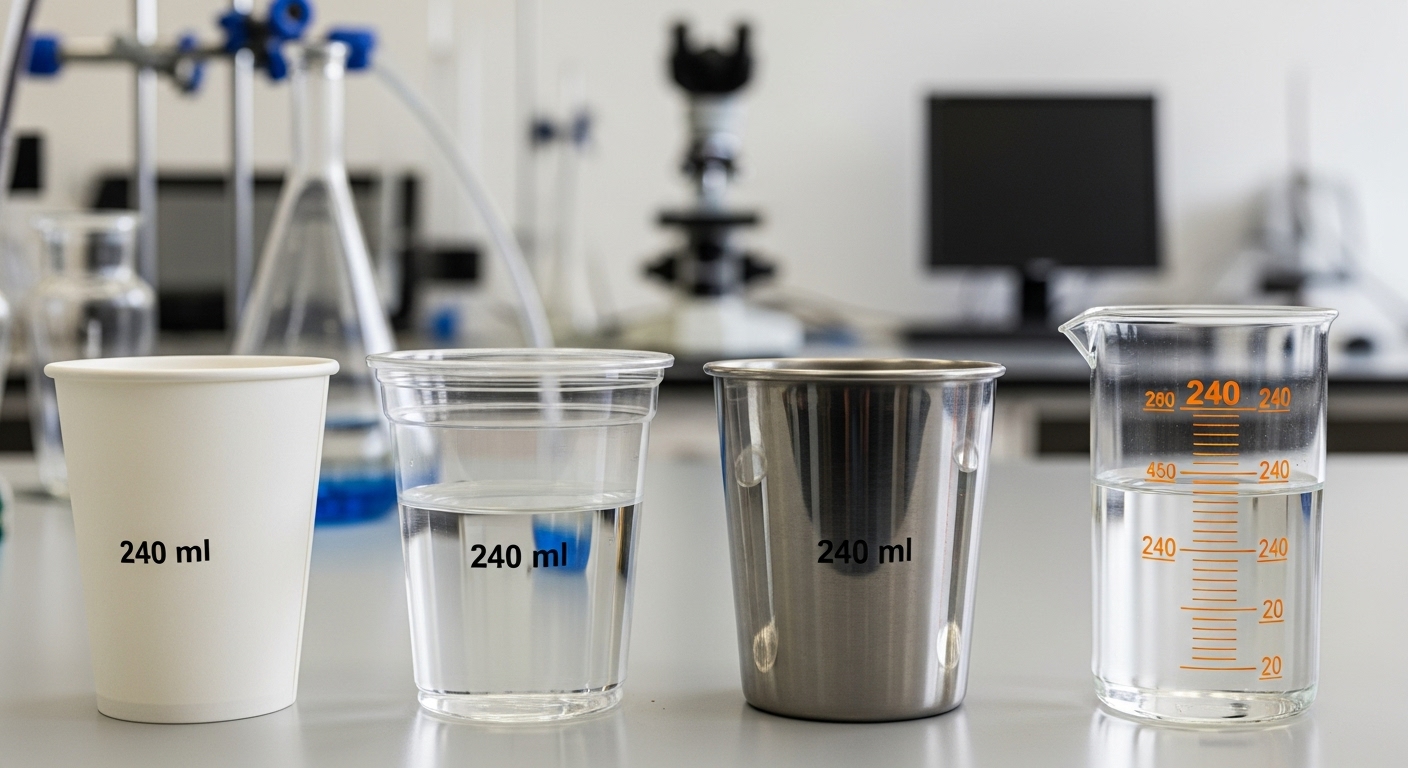Have you ever stood in your kitchen staring at a recipe that says “16 oz water” or “12 fl oz milk” and wondered how many cups that actually is? You’re not alone.
Whether you’re baking, cooking, or measuring beverages for a café, converting ounces (oz), milliliters (ml), fluid ounces (fl oz), or centiliters (cl) to cups accurately saves time—and prevents costly mistakes.
Ever found yourself staring at a recipe that calls for 250ml when all you have are measuring cups? I’ve been there countless times, standing in my kitchen with flour-dusted hands, frantically searching for conversion answers. This frustration is exactly why I created this comprehensive guide.
One cup equals 8 fluid ounces (fl oz), 240 milliliters (ml), or 24 centiliters (cl).
To convert ounces to cups, divide the number of ounces by 8.
So:
- 16 oz = 2 cups
- 12 oz = 1.5 cups
- 32 oz = 4 cups
- 18 oz = 2.25 cups
- 24 oz = 3 cups
(Source: U.S. National Institute of Standards and Technology – NIST.gov, 2024).
This simple rule works for liquid ingredients.
For dry ingredients, the weight of each substance differs (for example, 16 oz of flour ≠ 2 cups of flour). Always check whether your recipe refers to liquid ounces or dry ounces before converting.
Contents
- 1. Understanding the Units: oz, fl oz, ml, and cl
- 2. Conversion Table: oz/fl oz/ml/cl to Cups
- 3. How to Convert oz to Cups — Simple Formula
- 4. Practical Examples (for Everyday Conversions)
- 5. Why Accurate Conversions Matter
- 6. Converting Between Systems: Metric to US Cups
- 7. Fluid Ounces vs. Cups: Beverage Reference
- 8. Quick Reference Summary
- 9. Expert Tips for Using oz to Cups Conversion
- 10. Final Thoughts
- Practical Applications and Pro Tips
- Avoiding Common Mistakes
1. Understanding the Units: oz, fl oz, ml, and cl
| Unit | Meaning | Common Use |
|---|---|---|
| oz (ounce) | Measures weight (dry) | Flour, sugar, butter |
| fl oz (fluid ounce) | Measures volume (liquid) | Water, milk, oil |
| ml (milliliter) | Metric unit for volume | Global standard |
| cl (centiliter) | 1/10 of a deciliter (10 ml) | Beverage industry |
1.1 Ounces (oz) vs. Fluid Ounces (fl oz)
Many readers confuse ounces and fluid ounces.
Ounces (oz) measure weight, while fluid ounces (fl oz) measure volume.
One cup of water weighs about 8.34 oz, but one cup of honey weighs 12 oz because it’s denser.
So, when searching “16 oz to cups”, you must ask: is it liquid or dry?
For liquid: 16 fl oz = 2 cups.
For dry: depends on the ingredient.
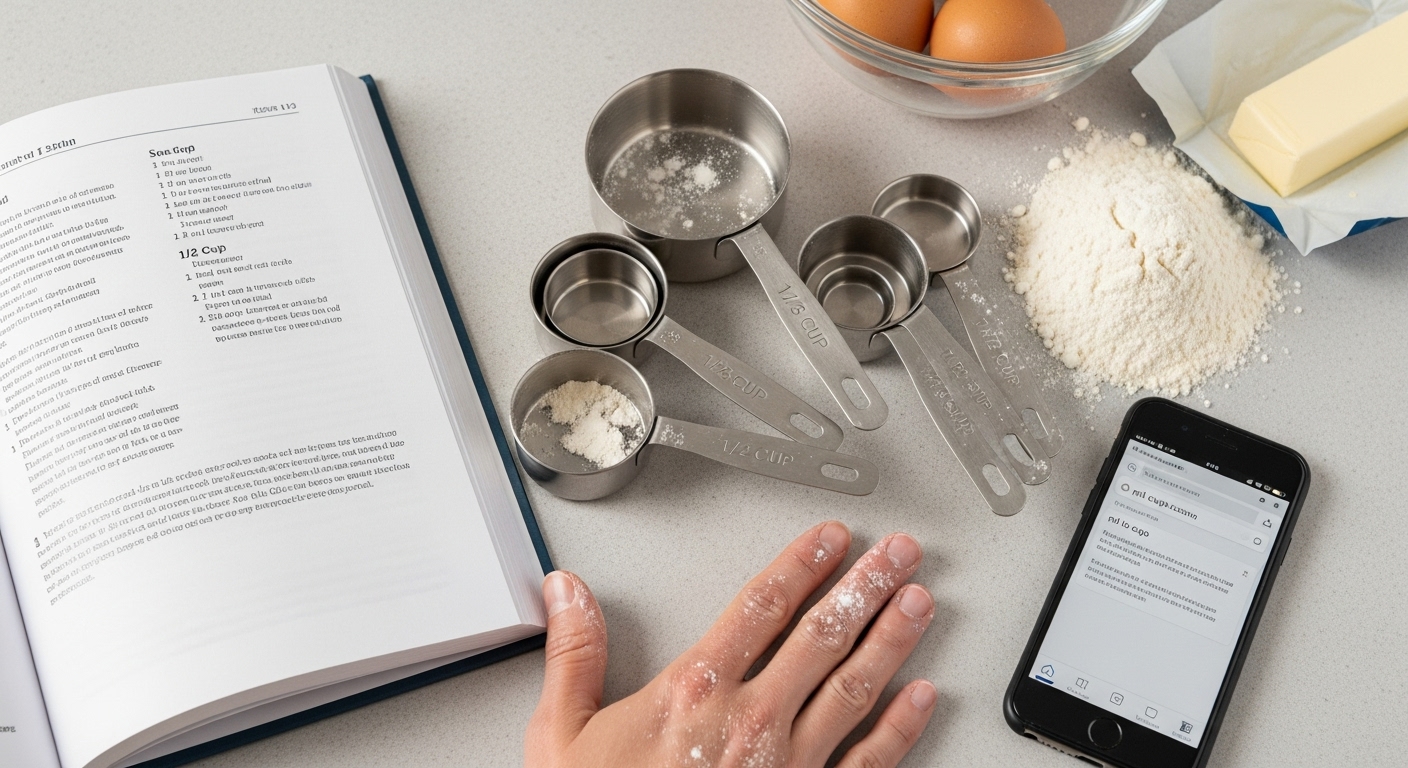
1.2 Metric Units (ml and cl)
If you’re converting ml to cups, remember:
- 1 US cup = 240 ml
- 1 ml = 0.0042 cups
- 1 cl = 10 ml = 0.042 cups
So, 250 ml ≈ 1.04 cups, and 500 ml ≈ 2.08 cups.
2. Conversion Table: oz/fl oz/ml/cl to Cups
Below is a simple chart for quick reference when converting ounces, milliliters, fluid ounces, and centiliters to cups.
| Ounces (oz) | Fluid Ounces (fl oz) | Cups | Practical Measurement |
|---|---|---|---|
| 2 oz | 2 fl oz | 0.25 cups | 1/4 cup |
| 8 oz | 8 fl oz | 1 cup | 1 cup exactly |
| 10 oz | 10 fl oz | 1.25 cups | 1 cup + 4 tbsp |
| 12 oz | 12 fl oz | 1.5 cups | 1 1/2 cups |
| 14 oz | 14 fl oz | 1.75 cups | 1 3/4 cups |
| 16 oz | 16 fl oz | 2 cups | 2 cups exactly |
| 18 oz | 18 fl oz | 2.25 cups | 2 1/4 cups |
| 20 oz | 20 fl oz | 2.5 cups | 2 1/2 cups |
| 24 oz | 24 fl oz | 3 cups | 3 cups exactly |
| 32 oz | 32 fl oz | 4 cups | 4 cups exactly |
| 96 oz | 96 fl oz | 12 cups | 12 cups exactly |
You can apply the same rule to fluid ounces (fl oz):
| Fluid Ounces (fl oz) | Cups |
|---|---|
| 12 fl oz | 1.5 cups |
| 16 fl oz | 2 cups |
| 18 fl oz | 2.25 cups |
| 20 fl oz | 2.5 cups |
| 24 fl oz | 3 cups |
| 32 fl oz | 4 cups |
3. How to Convert oz to Cups — Simple Formula
Use this straightforward formula for all your kitchen math:
Cups = Ounces ÷ 8
So:
- 16 oz ÷ 8 = 2 cups
- 12 oz ÷ 8 = 1.5 cups
- 18 oz ÷ 8 = 2.25 cups
- 24 oz ÷ 8 = 3 cups
- 32 oz ÷ 8 = 4 cups
This formula is universal for liquids.
For dry ingredients, consult the USDA Food Data Central database for specific densities.
4. Practical Examples (for Everyday Conversions)
4.1 How many cups is 12 oz?
- For liquid: 1.5 cups
- For dry (like flour): about 2.5 cups
This means 12 ounces equals one full cup plus half a cup. For 12 fl oz to cups, the conversion remains the same: 1.5 cups or 1 1/2 cups. Understanding 12 ounces to cups helps when working with canned goods, which frequently come in 12-ounce sizes. When measuring 12 liquid oz to cups or 12 fluid ounces to cups, always use liquid measuring cups for accuracy.
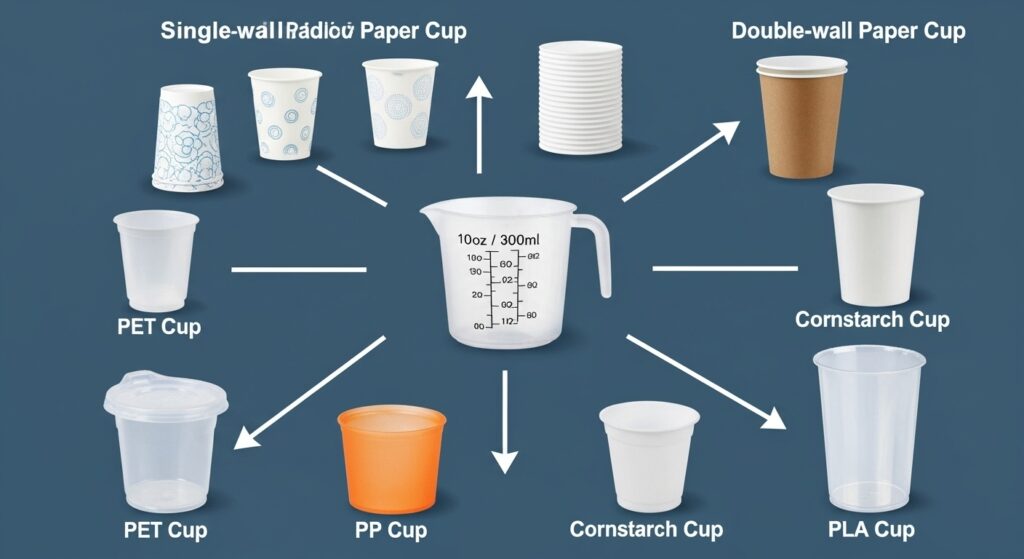
4.2 How many cups is 16 oz?
- 2 cups liquid
- 3.5 cups powdered sugar
- 2.75 cups shredded cheese
This conversion is fundamental in cooking. Whether you’re measuring 16 fluid ounces of water or 16 ounces of liquid ingredients, the answer remains consistent: 2 cups. When recipes call for 16 oz, you can confidently use 2 standard measuring cups.
Many recipes reference 16 oz portions because this measurement represents a pint, making it easy to scale recipes up or down.
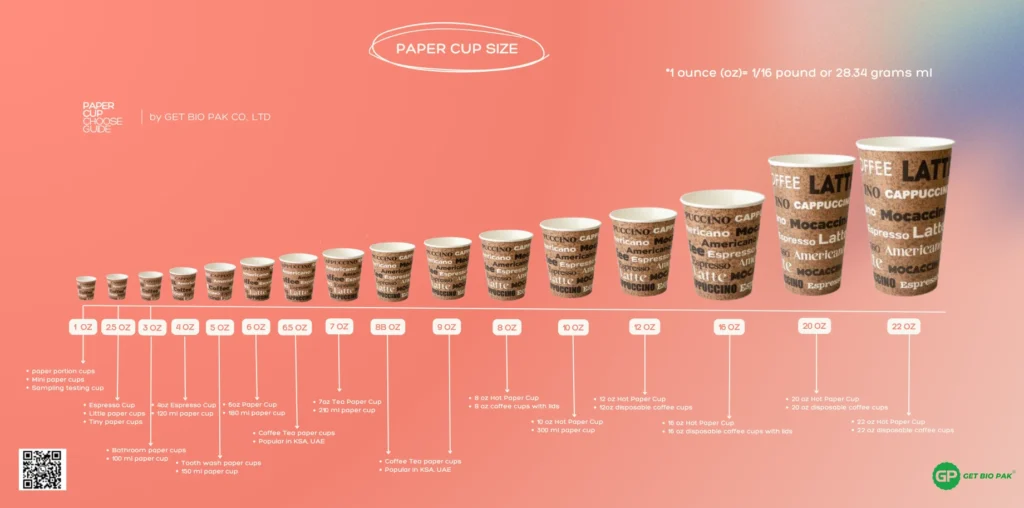
4.3 How many cups is 32 oz?
- 4 cups liquid, or 1 quart
This conversion appears frequently in beverage measurements and recipe scaling. Whether converting 32 fl oz to cups or 32 fluid ounces to cups, the result stays constant: 4 cups. Many water bottles contain 32 ounces, making this conversion particularly relevant for tracking hydration. Knowing how many cups are in 32 oz helps when recipes call for larger liquid quantities.
4.4 How many cups is 18 oz?
- 2.25 cups, commonly used for sauces or yogurt containers.
This translates to 2 cups plus 4 tablespoons or 2 1/4 cups. The 18 ounces to cups conversion applies to both 18 fl oz and standard liquid measurements. When determining how many cups in 18 oz, remember this slightly irregular measurement requires precise measuring for baking applications.
4.5 How Many Cups is 24 oz?
24 oz to cups equals exactly 3 cups. This straightforward conversion makes 24 oz measurements simple to work with. Whether converting 24 fl oz to cups or regular ounces, 24 ounces equals 3 standard cups. Many beverage containers and recipe measurements use 24 oz as a standard size.
4.6 How Many Cups is 14 oz?
14 oz to cups equals 1.75 cups. This measurement translates to 1 3/4 cups. For 14 ounces to cups conversions, measuring 1 cup plus 3/4 cup provides the most accurate result. Understanding 14 oz in cups matters for canned ingredient measurements.
4.7 How Many Cups is 20 oz?
20 oz to cups equals 2.5 cups. This converts to 2 1/2 cups exactly. The 20 ounces to cups measurement appears frequently in beverage sizes and recipe scaling. Whether measuring 20 fl oz to cups or 20 fluid ounces to cups, the conversion remains consistent at 2.5 cups.
5. Why Accurate Conversions Matter
Accuracy matters not only for recipes but also for manufacturing and packaging.
For example, if you’re a café owner ordering 16 oz cups or 20 oz cups, misjudging the size can lead to overfilling drinks or product waste.
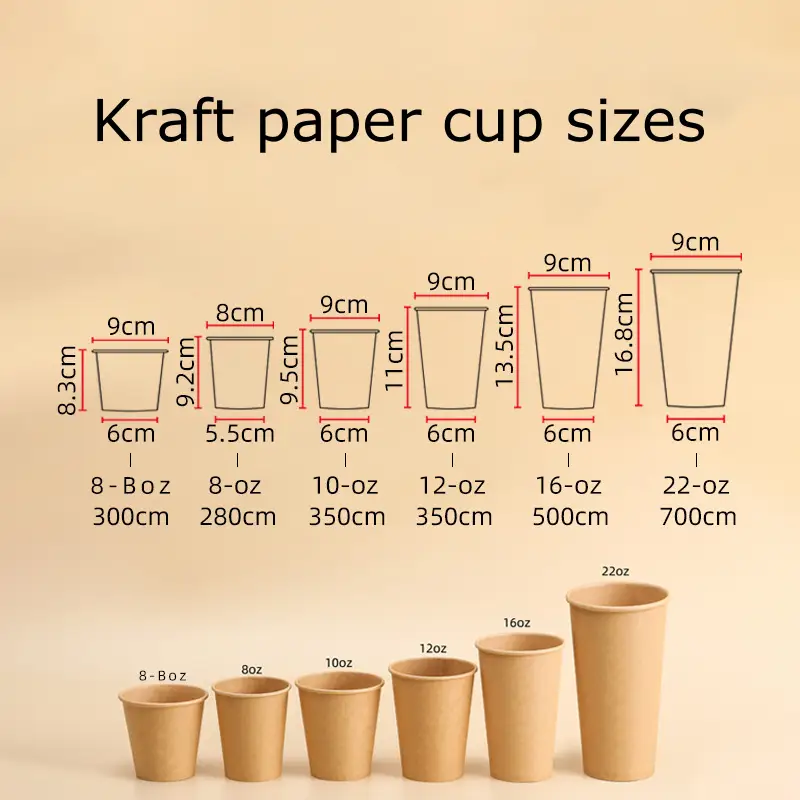
Many beverage brands also use 12 fl oz or 16 fl oz cups as standard serving sizes.
Getting conversions right ensures that your cost per serving and portion control stay consistent.
6. Converting Between Systems: Metric to US Cups
| Milliliters (ml) | Centiliters (cl) | Cups | Practical Measurement |
|---|---|---|---|
| 50 ml | 5 cl | 0.21 cups | About 3 tbsp |
| 100 ml | 10 cl | 0.42 cups | Just under 1/2 cup |
| 150 ml | 15 cl | 0.63 cups | About 2/3 cup |
| 200 ml | 20 cl | 0.85 cups | Just under 1 cup |
| 250 ml | 25 cl | 1.06 cups | 1 cup + 1 tbsp |
| 500 ml | 50 cl | 2.11 cups | 2 cups + 2 tbsp |
| 750 ml | 75 cl | 3.17 cups | 3 cups + 3 tbsp |
| 1000 ml | 100 cl | 4.23 cups | 4 1/4 cups |
To convert cl to cups, multiply cl by 0.042.
Example: 24 cl × 0.042 = 1.008 cups.
7. Fluid Ounces vs. Cups: Beverage Reference
| Beverage Size | Fluid Ounces | Cups |
|---|---|---|
| Small Coffee | 8 fl oz | 1 cup |
| Medium Coffee | 12 fl oz | 1.5 cups |
| Large Coffee | 16 fl oz | 2 cups |
| Venti | 20 fl oz | 2.5 cups |
| Trenta | 31 fl oz | 3.9 cups |
Many coffee brands use these exact conversions when designing 16 oz plastic cups or 32 oz takeaway containers, ensuring consumer familiarity and consistent portion size.
8. Quick Reference Summary
| Conversion | Result |
|---|---|
| 1 oz to cup | 0.125 cup |
| 12 oz to cups | 1.5 cups |
| 14 oz to cups | 1.75 cups |
| 16 oz to cups | 2 cups |
| 18 oz to cups | 2.25 cups |
| 20 oz to cups | 2.5 cups |
| 24 oz to cups | 3 cups |
| 32 oz to cups | 4 cups |
(Works for both “oz to cup” and “fl oz to cup” conversions.)
9. Expert Tips for Using oz to Cups Conversion
- Always identify the ingredient type.
Dry vs. liquid drastically changes results. - Use a digital kitchen scale for professional results.
16 ounces of flour doesn’t equal 2 cups by volume—it’s closer to 4.5 cups. - Use standard measuring cups.
A “cup” in the U.S. = 240 ml, but in the U.K., 1 cup = 250 ml. - Label your cups properly in production.
In packaging, a “16 oz cup” may hold exactly 473 ml (U.S. fluid ounce definition).
10. Final Thoughts
Whether you’re baking a cake, mixing drinks, or managing a coffee chain, knowing how to convert oz, ml, fl, and cl to cups makes your job easier.
The rule of thumb is simple:
1 cup = 8 oz = 240 ml = 24 cl.
By memorizing this ratio—or saving the conversion chart above—you can handle any recipe or packaging challenge with confidence.
Practical Applications and Pro Tips
Baking Requires Precision
Baking demands accurate measurements because it involves chemical reactions. When converting 16 oz is how many cups or determining how many cups is 16 oz of water, precision matters. The difference between 16 ounces and 16 fluid ounces can affect cake texture, bread rise, and cookie consistency.
Using proper liquid measuring cups for fluid measurements and dry measuring cups for dry ingredients ensures recipe success. When recipes specify 16 oz dry or ask how many cups is 16 oz dry, the conversion still equals 2 cups, but measuring technique differs.
Cooking Allows Flexibility
Soups, stews, and sauces tolerate measurement variations better than baked goods. When converting 32 oz to cup measurements for cooking, slight variations rarely impact final results. Understanding how many cups are in 32 oz water or how many cups of water is 32 oz helps with hydration tracking and recipe preparation.
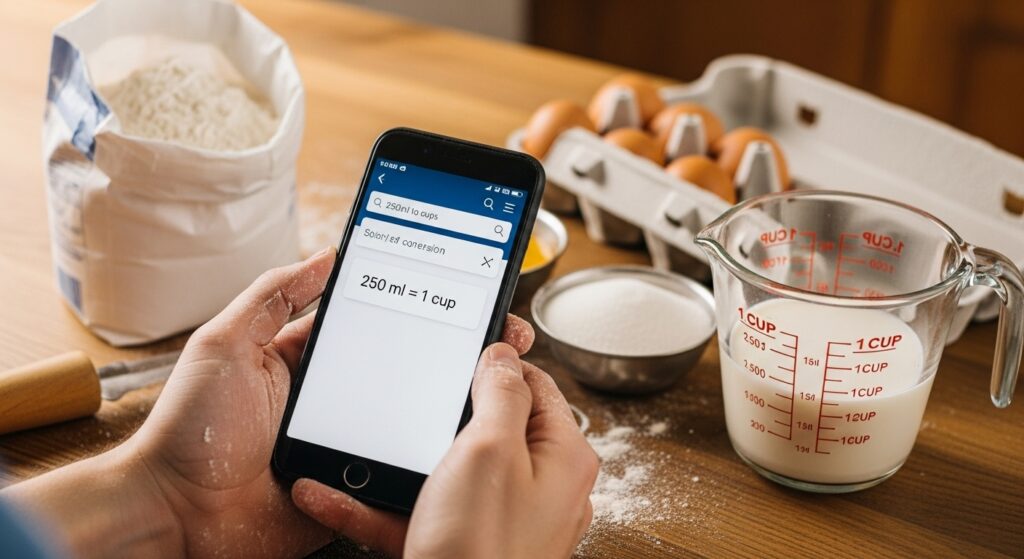
Common Kitchen Scenarios
Many recipes reference standard container sizes. A typical can might contain 12 oz, 14 oz, or 16 oz of ingredients. Knowing 12 oz is how many cups (1.5 cups) or understanding 16 oz equals how many cups (2 cups) streamlines cooking preparation.
Water bottles frequently come in 16.9 oz, 20 oz, or 32 oz sizes. Converting these measurements helps track daily water intake. For example, knowing how many cups are in 16.9 oz (approximately 2.1 cups) or how many cups equals 16 oz helps monitor hydration goals.
Avoiding Common Mistakes
Confusion between fluid ounces and weight ounces causes frequent errors. When determining “how many ounces in half a cup,” the answer depends on whether you’re measuring liquid (4 fl oz) or weighing ingredients (varies by ingredient).
Questions like “how many cups in an ounce” or “how many cups in a ounce” should specify fluid ounces. One fluid ounce equals 0.125 cups or 1/8 cup. Understanding “one oz is equal to how many cups” requires this context.
Need clarification about how many ounce paper Cups you need?
Stop guessing what the terms mean. Our team provides a detailed, line-by-line explanation for you, ensuring your project stays on budget with no surprises.


